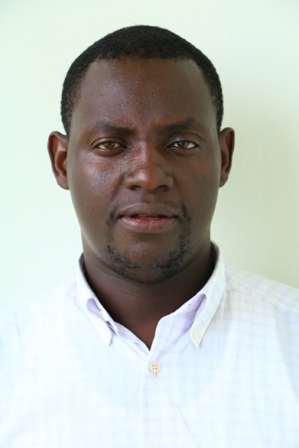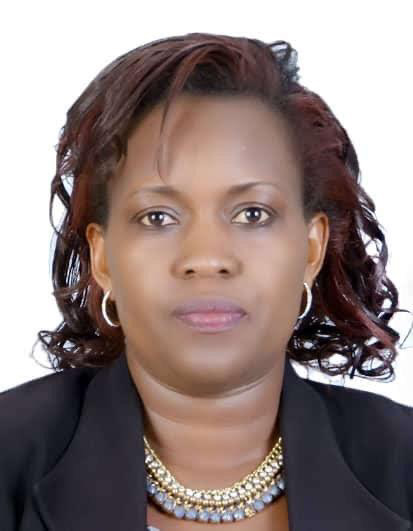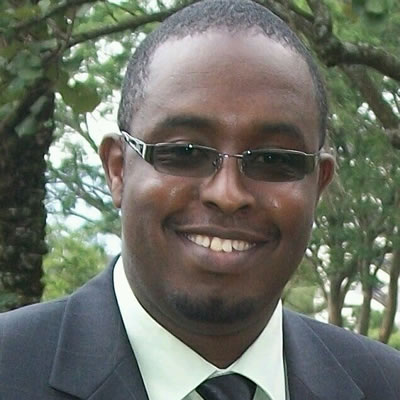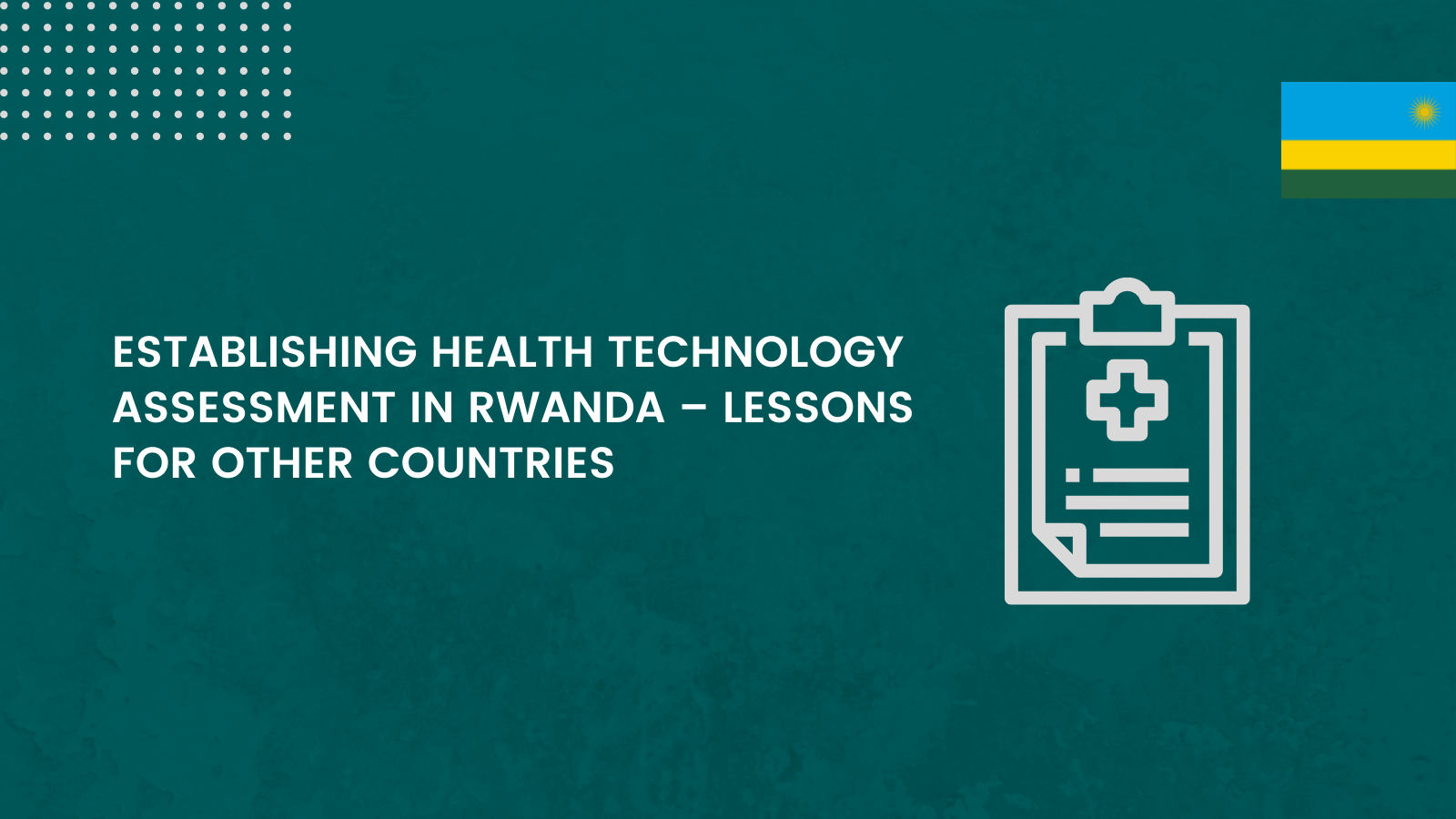Stella Matutina UMUHOZA, Sabine F. MUSANGE, Alypio NYANDWI and Parfait UWALIRAYE
Background
Rwanda’s health sector has made tremendous strides in improving the population’s health status over the last two decades, including the achievement of the health-related Millennium Development Goals. The maternal mortality rate decreased from 750 deaths per 100,000 live births in 2005 to 203 deaths per 100,000 live births in 2019/2020, while under-5 mortality declined from 152 in 2005 to 45 deaths per 1,000 live births in 2019/20. The average number of women attending at least one antenatal care (ANC) visits from a skilled provider was 98 percent in 2019/20 (NISR& MOH, 2020), and 47.2 percent of pregnant women completed the four or more recommended ANC visits, a 34 percent increase from 2005 to 2019/20. Deliveries occurring in health facilities increased substantially by 66 percent between 2005 and 2019/20 (from 27% to 93%)5 and the percentage of births attended by skilled providers (from 27% to 94%). Improved access to and use of health services contributed significantly to reducing morbidity and mortality. Life expectancy at birth has increased from 49 years in 2000 to 69.06 years in 2020 (National Institute of Statistics of Rwanda et al., 2020). The primary health care utilization rate increased from 0.81 visits per inhabitant in 2009 to 1.6 visits per inhabitant in 2019. Among Community-based Health Insurance (CBHI) members, the utilization rate was 2.17 visits per capita in 2018, driven by an increase in the utilization of primary health care services. The out-of-pocket payment has declined and constitutes about 8 percent of health spending in 2016/17. However, the prevalence of chronic malnutrition (stunting rate is 33%) and non-communicable diseases remain high and. This double burden of disease has increased premature deaths, reduced productivity and increased health spending.
In addition to the growing costs that threaten the financial sustainability of risk-pooling schemes like the CBHI, Rwanda is also experiencing changes in disease epidemiology, increasing consumer expectations, service utilization, and technological advancements adopted in medical practice. These changes gradually shift from PHC, which emphasizes prevention, health promotion, and rehabilitation, to curative services. Inevitably, this requires the Government to make trade-offs to sustain the gains achieved thus far and explicit criteria for selecting interventions for CBHI coverage.
This blog describes the process of stakeholder engagement in introducing the Health Technology Assessment (HTA) in Rwanda to advance evidence-based decision making in prioritization for inclusion of health services in the benefits package.
Setting up Health Technology Assessment (HTA) for Acute Kidney Injury
Most of the public schemes managed by the Rwanda Social Security Board (RSSB), including the CBHI, have a defined benefit package. However, there are still ongoing discussions on the revisions of standard treatment guidelines, essential medicines list and review of tariffs to reflect the actual costs of service provision and consultations around benefit package redesign using HTA. Currently, HTA in Rwanda is undertaken by international experts due to shortages and gaps in local capacities. There is a need to invest in capacity development for local actors to develop the required technical capacities in benefit package revisions and HTA, as well as strengthen policymakers’, local researchers’, and purchasers’ capacities to develop health benefits packages that consider population needs in terms of disease burden, national priorities, equity, and cost-effectiveness using an evidence-based approach.
RSSB, in collaboration with MOH and other stakeholders, recently introduced HTA as a transparent process to guide the prioritization of health services. HTA’s goal is to provide policymakers with evidence to inform the design and review of the health benefits package in line with health system objectives. HTA is a bridge between research evidence and decision making, encouraging the uptake of efficient and effective healthcare technologies to improve the quality of life.
The HTA exercise began with a multi-stakeholder process to define explicit criteria such as the disease burden and demography, equity and fairness, cost of the intervention, the effectiveness of the intervention, the acceptability of the intervention and value for money.
Dialysis for Acute Kidney Injury was selected as the first intervention for HTA. This included a series of workshops, data collection and modelling involving local experts from the School of Public Health – the University of Rwanda, healthcare providers and international experts from the Clinton Health Access Initiative (CHAI), Health Intervention and Technology Assessment Program (HITAP), and International Decision Support Initiative (iDSI). The consultative workshops and meetings promoted country ownership and developed local technical capacity for HTA. In addition, training programs for HTA were initiated for purchasers, decision-makers, academic researchers, development partners, and health professional organizations. However, the availability of critical data to support HTA remains a major hindrance in the country.
Lessons learnt from the process in Rwanda:
While health priority setting and stakeholder engagement processes are indispensable, lessons drawing on Rwanda’s experience will help introduce HTA at the country level in similar settings and guide actionable recommendations.
- Introducing evidence-informed priority setting in Rwanda and other resource-poor countries requires political commitment and involvement of several stakeholders who produce and use HTA evidence and financial and technical support from local and international partners.
- Engaging stakeholders throughout the process is an important approach to validating the quality and enhancing the HTA findings’ acceptability, maximizing acceptance.
- Building local technical capacity for HTA through partnership and increasing awareness and communication with stakeholders is crucial to promote country ownership, develop in-country expertise, institutionalize health technology assessment systems and Strategic Health purchasing.
While HTA is an important first step towards a more equitable process for benefits specification. Other purchasing functions require due consideration, including the review of the provider payment mechanisms in use. Political commitment and an evidence-based approach in the decision-making process are key to making these changes and improving strategic purchasing overall in Rwanda.
List of references
- Teerawattananon Y, Tungsanga K, Hakiba S, Dabak S. Dispelling the myths of providing dialysis in low- and middle-income countries. Nat Rev Nephrol. 2021 Jan;17(1):11-12. doi: 10.1038/s41581-020-00346-7. PMID: 32814894; PMCID: PMC7436066.
- Joseph B Babigumira, Alisa M Jenny, Rebecca Bartlein, Andy Stergachis, Louis P Garrison, Health technology assessment in low- and middle-income countries: a landscape assessment, Journal of Pharmaceutical Health Services Research, Volume 7, Issue 1, March 2016, Pages 37–42, https://doi.org/10.1111/jphs.12120
- The Republic of Rwanda, National Institute of Statistics, “Rwanda Statistical Yearbook 2018,” Kigali, Rwanda, 2018.
- Ministry of Health. Health Management and Information System (HMIS); Routine data, 2019.
- Prime Minister’s Order N° 105/03 Of 30/09/2020 Related to The Community-Based Health Insurance Scheme Contributions accessed at https://gazettes.africa/archive/rw/2020/rw-government-gazette-dated-2020-10-01-no-Special.pdf
- Rwanda Social Security Board, “Community Based Health Insurance Annual Report, Fiscal Year 2017-18.” Kigali – Rwanda, 2018.
- Rwanda Social Security Board, “Community Based Health Insurance Annual Report, Fiscal Year 2017-18.” 2018.
- Rwanda Social Security Board, “Community-Based Health Insurance Annual Report, Fiscal Year 2015-2016,” 2016.
AUTHORS

Alypio Nyandwi is a public health professional with experience in public policy analysis, planning, research, monitoring and evaluation. Alypio has over 15 years of working experience in Rwanda’s health sector, where he has worked with both governments and non-governmental organisations at the international level.

Stella Umuhoza is a lecturer and researcher at the University of Rwanda School of Public Health (UR/SPH) in the Department of Health Policy, Economics and Management. She has over ten years of experience working in public health systems. Currently, she serves as a member of the Community-Based Health Insurance (CBHI) Consultative Group and Health Financing Core Group in Rwanda. Stella recently developed Rwanda’s Health Financing Strategic Plan for 2018-2020 and the Family Planning (FP) investment case. Over the years, she has provided technical assistance to various government institutions and international organizations in developing policy documents and briefing notes to inform decision-making.

Dr Parfait Uwaliraye is the Director-General for Planning, Monitoring and Evaluation and Health Financing at the Ministry of Health in Rwanda, a position he has held since November 2012. Dr Uwaliraye is a medical doctor with a Master’s degree in Public Health. He worked as a Research Assistant, a District Medical Officer and the director of Kibagabaga District Hospital prior to joining the Ministry of Health. He has a particular focus on health policy, planning, health financing, private sector engagement and global health.

Sabine Musange F. is a lecturer and currently head of the Health Policy, Economics and Management department at the School of Public Health, University of Rwanda. With a background in both medicine and global health research, her research interests focus on strengthening health systems in low-resource settings. Previous work includes program evaluation in maternal and child health, health systems and financing. Most of her work has been carried out in low-income settings and she is passionate about women and child’s health and above all about improving population health.

